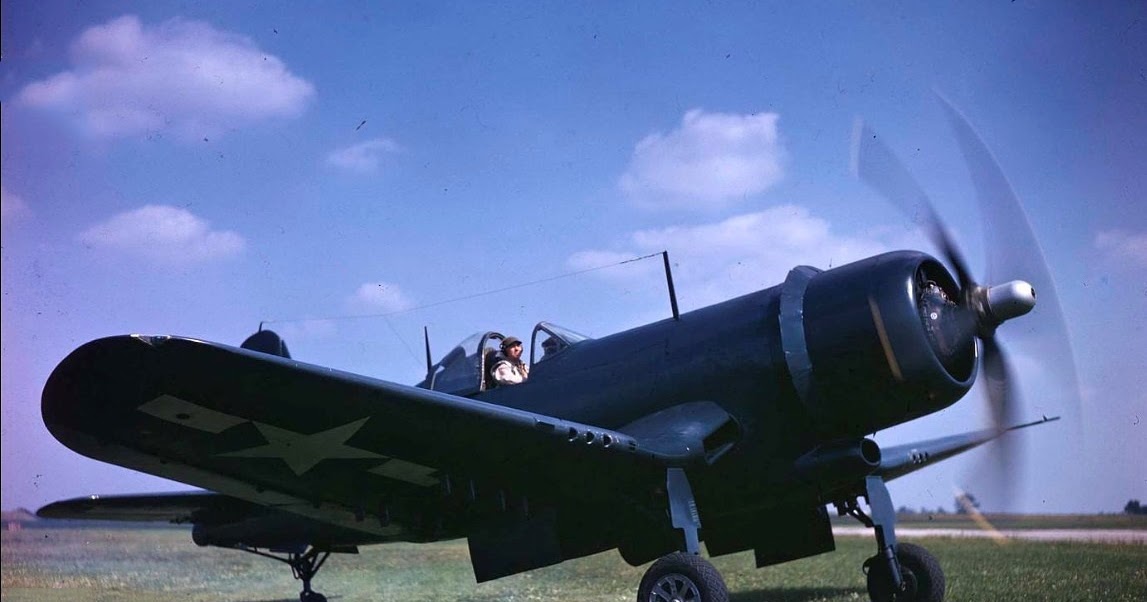Reluctant Poster
Tech Sergeant
- 1,742
- Dec 6, 2006
I would also add that even to this day with wind tunnels and supercomputers airflow is still a bit of a mystery. I disagree with the statement that the F-4U airframe was well understood. I don't believe that given the tools of the day we can state that any aircraft of that era was well understood. In particular as aircraft speeds approached the speed of sound localized airflow could reach near supersonic increasing drag dramatically. The kangaroo pouch on the bottom of the FG-3 is far different aerodynamically than a streamlined drop tank mounted outside of the boundary layer of the fuselage. Turbulent flow is still not well understood. As Heisenberg (whose PhD thesis was on turbulent flow and who was instrumental in the development of quantum mechanics) is supposed to have said "When I meet God, I'm going to ask him two questions: why relativity? And why turbulence? I really believe he'll have an answer for the first."ThomaP - if the FTH of the Turbosupercharged engine (at 37,800 ft) was 1700BHP, the Hp would have reduced considerably by the time it reached 42K?
I suspect that the prop tip velocities would also been supersonic to add considerable drag. Uness a Cd vs RN plot is available as well as a CD vs CL for increasing pressure drag as a function of increasing altitue/lower density, more data elements are absent to estimate Vmax at that altitude which would be deep into compressibility drag rise?

